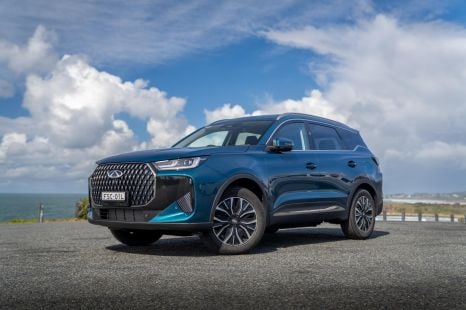

CarExpert.com.au
Chery Tiggo 7: Model overview
2 Days Ago

Journalist
Whereas earlier hydrogen fuel cell cars from Honda had confronting space-age styling, the latest is a modified Honda CR-V with mild styling tweaks.
An electric motor making 130kW and 310Nm drives the front wheels, and is hooked up to a 17.7kWh battery pack that can deliver up to 47km of range. The CR-V e:FCEV, as its known, doesn’t support DC fast charging.
In addition to this is a 92.2kW hydrogen fuel cell co-developed with GM that converts compressed hydrogen stored in a two onboard tanks into electricity and water vapour. When the tanks are filled to their 4.3kg total capacity, and the battery is fully charged, the CR-V e:FCEV has a total driving range of 435km under the US EPA’s testing cycle.
There’s also a 110V outlet that allows the fuel cell CR-V to deliver up to 1500W of power to run items such as small home appliances, portable air conditioners, power tools, and camping equipment.
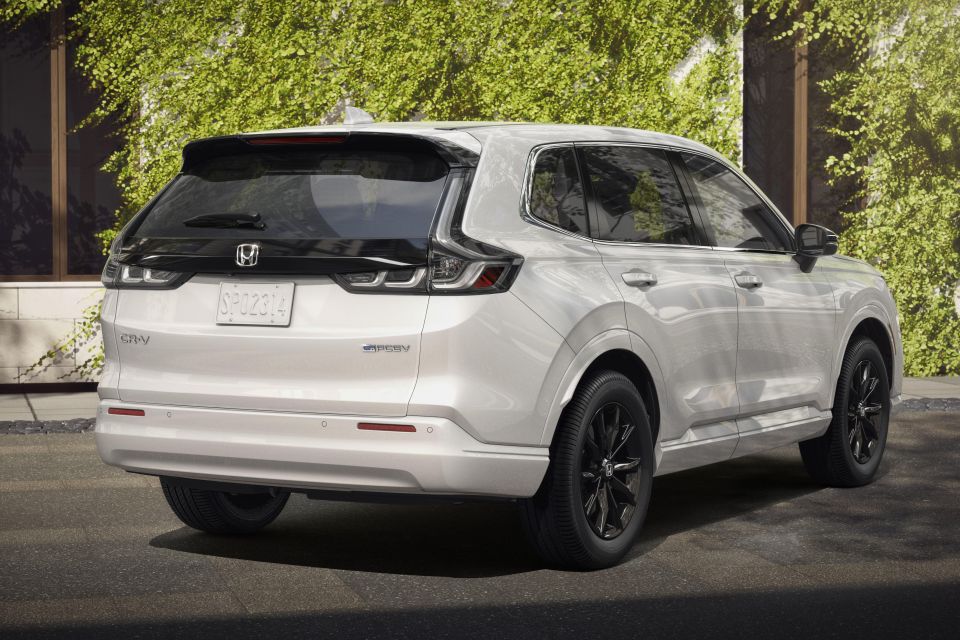
By way of comparison, the Clarity Fuel Cell sold between 2016 and 2021 had an EPA-estimated range of 589km. Its greater range can largely be put down to its larger hydrogen capacity (5.5kg) and more aerodynamic body.
The Clarity’s electric motor made 130kW and 300Nm, and was augmented by a small 1.7kWh battery that was used to store energy recouped by regenerative braking.
In the CR-V e:FCEV one hydrogen tank lives under the rear seats, while the other is located in the boot, reducing cargo capacity significantly.
To help mitigate the stepped boot, there’s a fold up cargo floor that can be used to create a two-tier loading area, with the lower storage space hidden from prying eyes and the raised upper section completely flat.
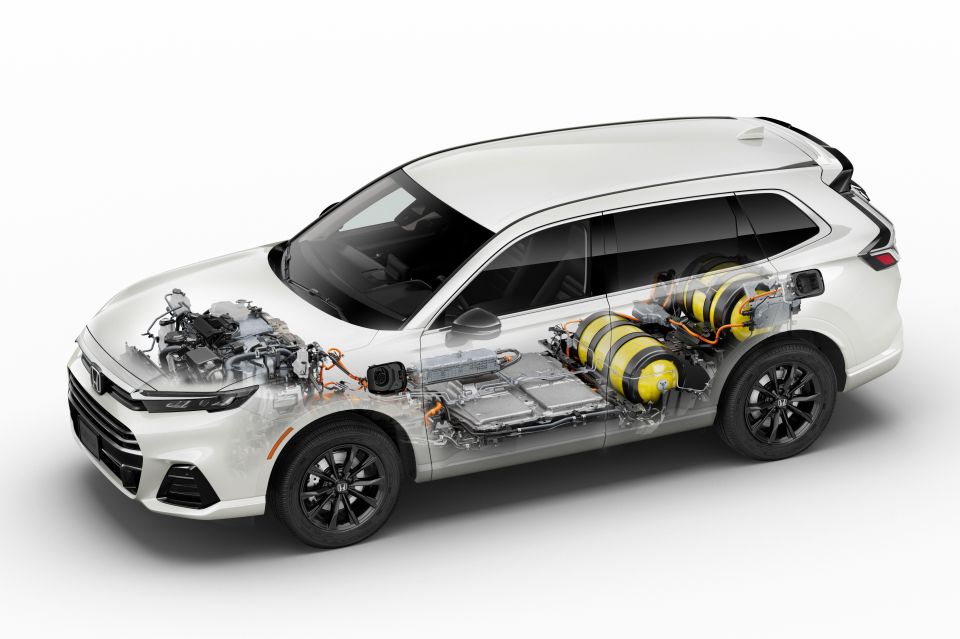
In order to cope with the different drivetrain, the Honda has stiffened the car’s structure with rear lateral rigidity up by 10 per cent, and rear torsional rigidity increased by nine per cent. The company also retuned the suspension with new springs, amplitude-sensitive dampers, and front and rear stabiliser bars.
In addition to the unique drivetrain, the CR-V e:FCEV comes standard with a 10.3-inch digital instrument cluster, a 9.0-inch infotainment touchscreen with wireless Android Auto and Apple CarPlay support, a 12-speaker Bose sound system, a heated steering wheel and front seats, and wireless smartphone charging.
The hydrogen fuel-cell CR-V rides on 18-inch alloy wheels shod with 235/60 tyres.
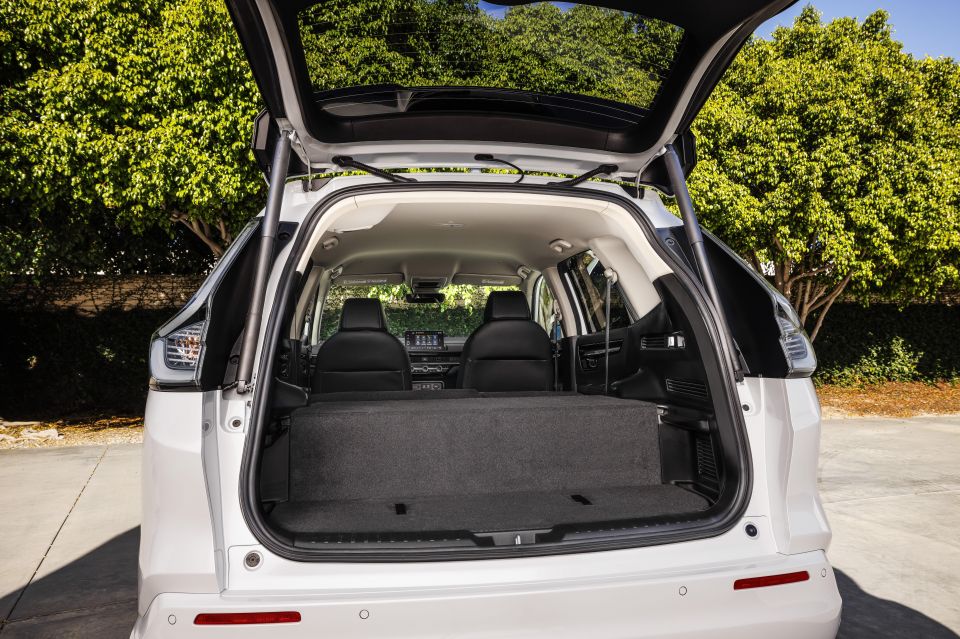
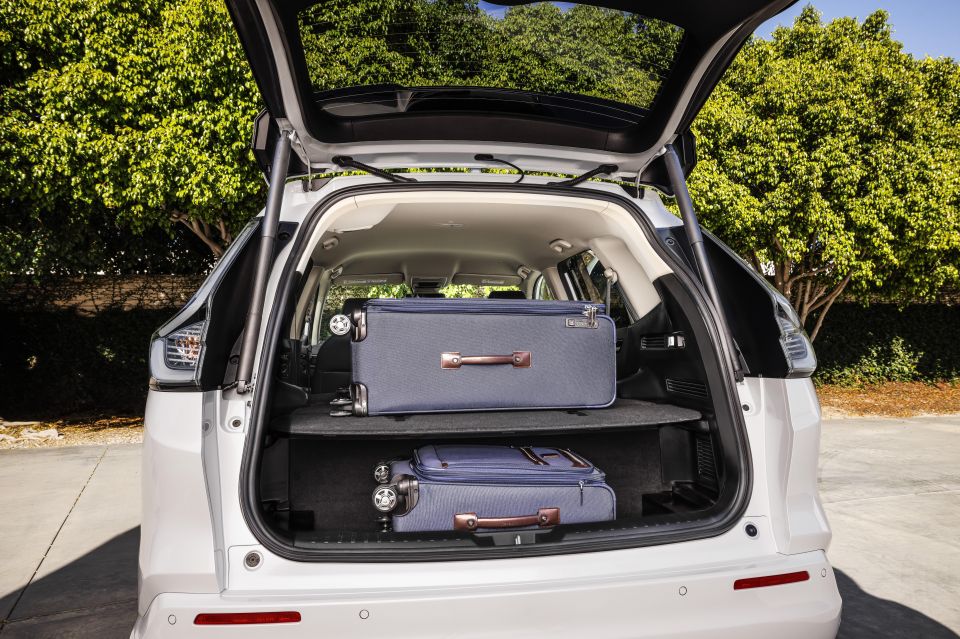
Externally, e:FCEV sports a new front fascia that’s distinct from other CR-V variants sold around the world. In addition to a slim upper grille with prominent chrome wings, and the enlarged lower air intake, the hydrogen fuel-cell CR-V also has new headlights with a subtly different shape.
The lower sections of the front and rear bumpers, as well as the side sills and wheel arch protectors are all colour-coded, while the tail-lights have translucent white blades, rather than red, when not illuminated.
For now, the CR-V e:FCEV won’t be sold to the public. Instead it will be available for lease to residents of California, where its zero emissions status enables it to be drive in high-occupancy vehicle (HOV) lanes even when there’s only one person in the car.
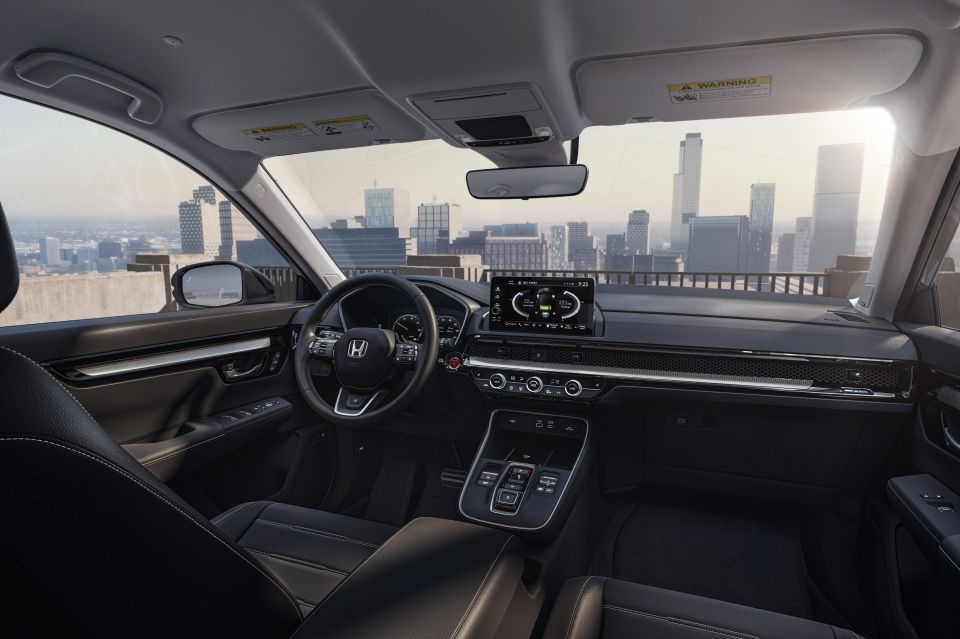
Pricing has yet to be announced, but it’s likely the CR-V e:FCEV will be an exceptionally niche product given Shell announced at the beginning of February it will close its seven hydrogen fuelling stations in California. This brings the total number of publicly accessible hydrogen stations to under 50 in California, and 100 across the US.
We expect there will be little clarity about the CR-V e:FCEV sales success or otherwise, with the model’s numbers likely to be subsumed into overall CR-V sales figures.
In 2023 the CR-V was Honda’s top selling car in the US, up a jaw-dropping 51.8 per cent to 361,457 units, and bettered only by the likes of the Ford F-150, Chevrolet Silverado, Ram 1500, Toyota RAV4 and Tesla Model Y.
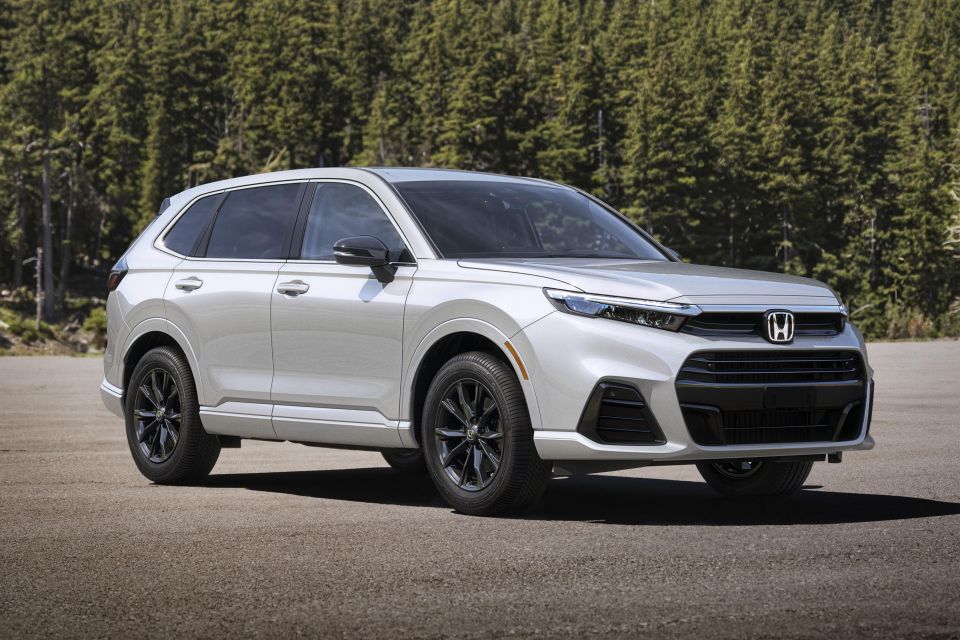
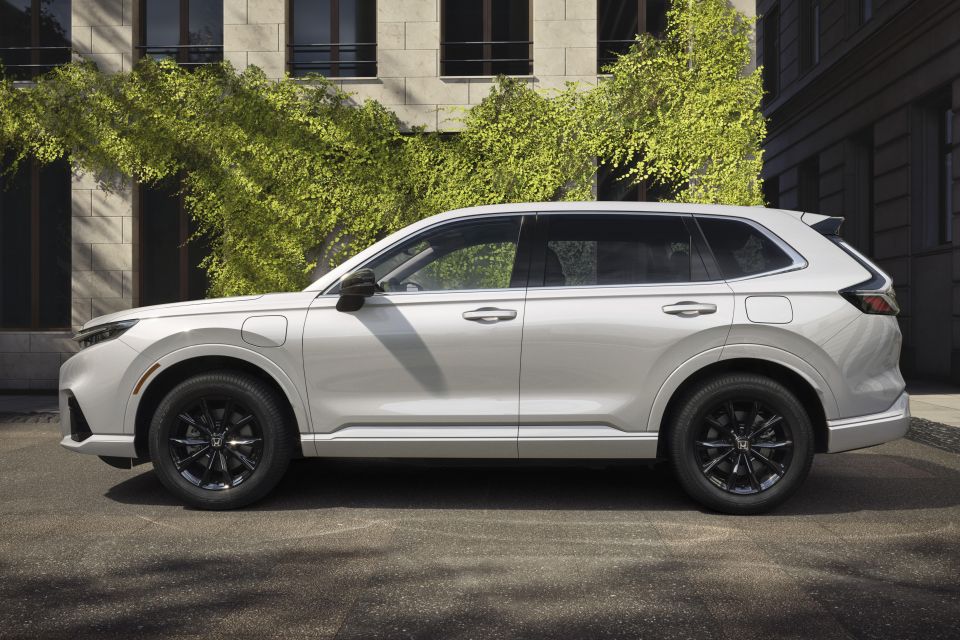
In a year when 15.6 million passenger vehicles were sold in the US, about 1.2 million of which were pure electric vehicles. Hydrogen fuel-cell cars accounted for just 2968 sales, the majority being the Toyota Mirai (2737), with the Hyundai Nexo making up the remainder.
Unlike Honda’s previous fuel cell vehicles, which were produced in Japan, the CR-V e:FCEV will be made in the US and will feature a US-built fuel cell.
MORE: Everything Honda CR-V
Where expert car reviews meet expert car buying – CarExpert gives you trusted advice, personalised service and real savings on your next new car.
Derek Fung would love to tell you about his multiple degrees, but he's too busy writing up some news right now. In his spare time Derek loves chasing automotive rabbits down the hole. Based in New York, New York, Derek loves to travel and is very much a window not an aisle person.


CarExpert.com.au
2 Days Ago
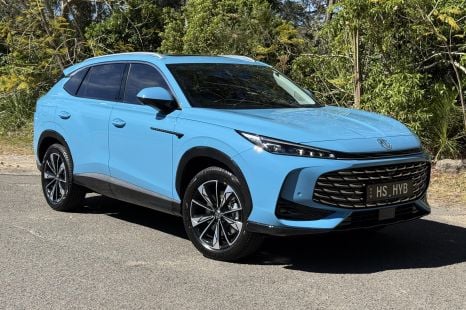

Matt Campbell
5 Days Ago
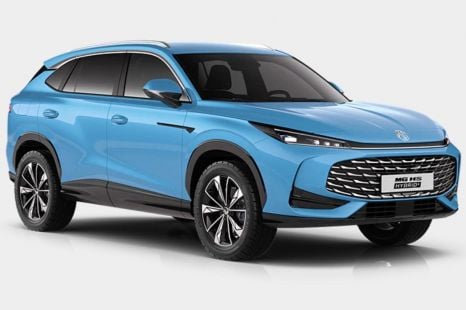

CarExpert.com.au
9 Days Ago
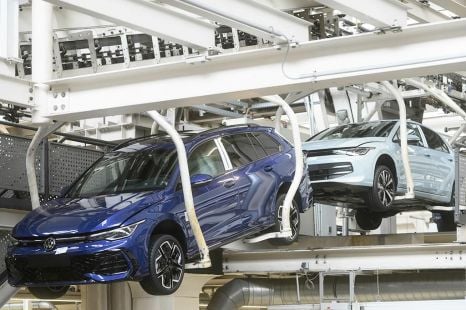

Damion Smy
10 Days Ago
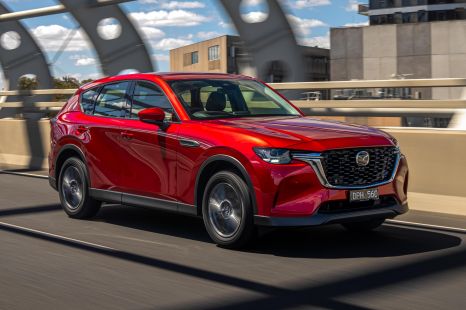

James Wong
12 Days Ago
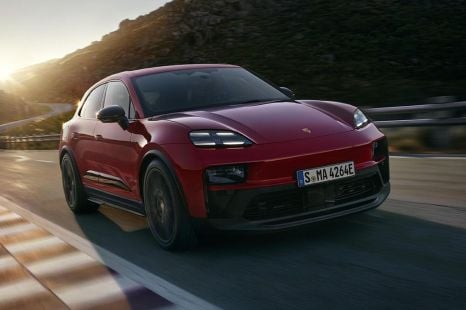

Damion Smy
12 Days Ago